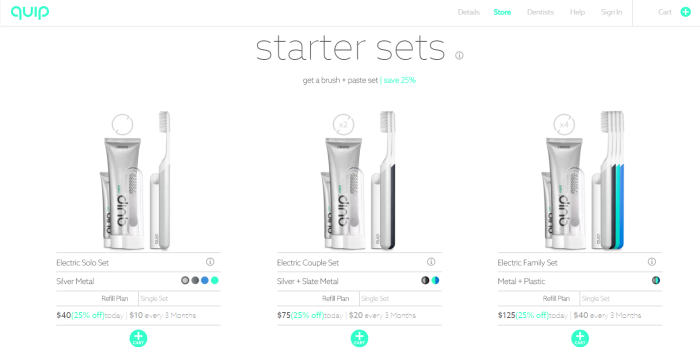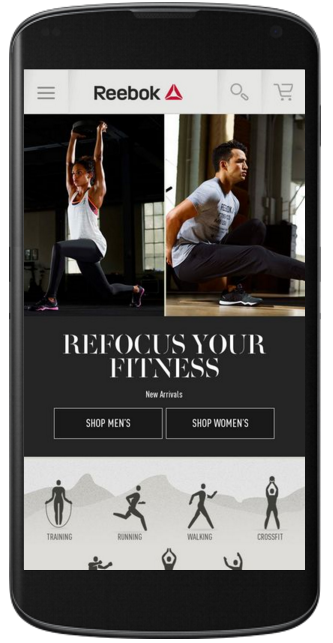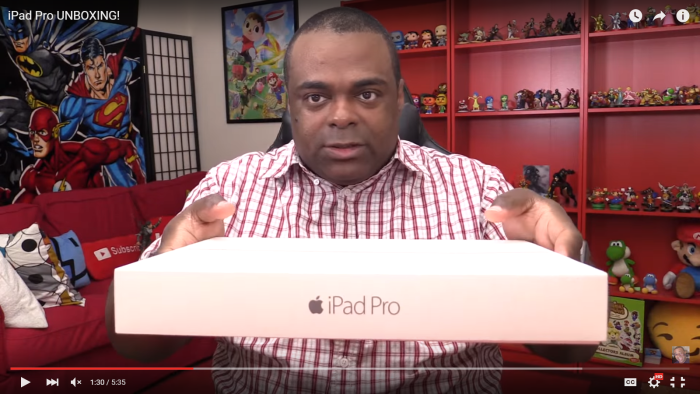What Shoppers Want: 13 Essentials for Building a Profitable Ecommerce Business in 2016
Editor’s Note: This is Part 3 in our latest series which explores the ever-evolving world of Ecommerce to extract insights for how brands and marketers can compete and thrive in 2016. In case you missed our earlier articles, here are Part 1 and Part 2.
In an article for Harvard’s The Language of Business blog, business strategist Dave Power insists, “Customer needs should drive innovation.” This is especially true for Ecommerce brands. With a firm understanding of what consumers demand and what is missing from the shopping experience now, companies are armed with information that can help them find solutions to foster more customer loyalty and generate sales. To grow in 2016, Ecommerce businesses will have to reevaluate how they do business to ensure they properly cater to customers’ needs.
So below, we’ve outlined 13 things shoppers will want from their favorite Ecommerce stores in the New Year.
Replenishment reminders
When your wardrobe is filled with orphan socks and pairs with holes in them, you may find yourself wondering why you’ve waited so long to order a new bundle. With products that have a predictable replenishment cycle — for example, a weekly supply of fresh foods or a monthly supply of fresh socks — Ecommerce brands can use marketing automation to send customers perfectly timed reminders to place a new order. That way, stores take a proactive approach to helping shoppers remember when it is time to restock on items they need or love. Another way brands can make shopping easier for their customers is by offering a recurring delivery service, or product subscription, so buyers place an order once and get a new shipment every time they are about to run out. Brands benefit here too because they can bank on predictable revenue.
Lightning fast pages
Though Internet connection speeds have gotten faster over time, the average load time for retail websites has gotten slower. In Spring 2014, median retail sites took 10 seconds to load, up from 6.8 seconds two years earlier. Because consumers now live in and enjoy an on-demand economy, few tolerate slow shopping experiences. In 2016, your customers won’t want an overly complicated or clunky website. Instead, they will demand a digital shopping experience that won’t make them wait longer than a couple of seconds. With a faster page load time, shoppers will spend less time buffering and more time adding item after item to their shopping carts.
Social images
Skeptical shoppers don’t believe a thing they see on a brand’s website. Worried that every image is photoshopped, they maintain the belief that what they see is not what they will get. To dispel those concerns, brands can feature customer images, sourced from users’ public social media accounts. Research from visual marketing platform Pixlee suggests customer photos increase on-site conversions by 5% and engagement by 30%. Using customer photos, shoppers get a better sense of how other people are actually using and enjoying your products.
Fast and secure payment options
In 2014, 12.7 million American consumers were victims of credit card fraud. That year, financial thieves managed to steal more than $16 billion from unsuspecting consumers. Understandably, shoppers are wary of entering their credit card information anywhere online. So, to build trust and expedite the checkout process, Ecommerce stores should offer customers the option of paying with familiar services like PayPal or Google Wallet, which securely link to users’ credit cards and bank accounts. These services also save hassle and time because they store credit card and address information so shoppers no longer have to manually enter their 16-digit credit card number or tediously type out their full address.
Same-day delivery
Industry experts insist free shipping improves stores’ conversion rates. And, for the most part, they are right. But there is also a select group of consumers who would pay top-dollar for their order to be delivered the same day or, in some cases, within the hour. In the near future, services like UberRUSH and the highly anticipated Amazon Prime Air will not only change the way we shop, but reinforce the fact that many shoppers would happily pay a premium for on-demand service.
Educational content
To help your customers get more mileage out of their purchase, brands can share educational content that informs buyers about product benefits, care instructions and use applications. With a few simple documents, Ecommerce stores teach customers ways to extend the shelf life and utility of their purchase. As a result, shoppers end up extracting more value from their orders and companies reduce their customer attrition and return rates.
A reliable mobile experience
These days, people can purchase anything online. Yet, most digital transactions occur only on desktop and laptop computers. Despite significant advancements in mobile technology, most mobile stores remain clunky, at best.
In 2016, Forrester anticipates mCommerce sales will rise to $142 billion. To capture and convert customers in an increasingly mobile world, brands would be wise to build mobile-first shopping experiences.
Honest product reviews
In October, Amazon sued more than 1,100 of its users alleging they were responsible for posting fake reviews meant to deceive customers and unfairly inflate product ratings. Across the web, experts estimate upwards to 30% of any given product’s reviews are fake. With rampant fraud, shoppers have begun to demand transparency and stricter guidelines for how product reviews are recorded, tallied and removed.
One way Ecommerce stores can combat review fraud is by licensing a third-party ratings platform to aid in gathering, processing and showcasing real customer experiences.
Personalized experiences
Online, retail associates aren’t available to provide customers with a guided shopping experience. Fortunately though, brands can employ algorithms to recommend products shoppers may like based on items they’ve recently viewed. This is what management consultancy McKinsey & Company calls, “Product affinity.” The firm explains, “Product affinity details what products and product attributes customers prefer across brands and categories. These insights are based on where customers spend their time while visiting a website and on their product-purchase history, analyzed for ‘key preference indicators’ that help to create useful product taxonomies, such as whether the customer shows a preference for a certain designer or style.”
Extended pages and longer scrolling
According to a report by Content Square, consumers who scroll more, shop more. The data reveals that buyers on tablet devices scroll 25% more than non-buyers. On smartphones, the difference is 23%. What has caused this change over the years is the proliferation of vertically aligned mobile devices. Instead of short, wide screens, people have gotten accustomed to long, narrow handheld devices that have begun to dictate how we all consume information across the web. And rather than fight it, Ecommerce websites should embrace the change and design websites fit for scrolling.
“Buy now” buttons on social media
On Facebook, Twitter, Pinterest, and Instagram, brands now have the opportunity to create ads that let customers purchase their products direct through the platform. This, of course, provides shoppers with a more natural and native experience.
In 2016, social networks will work aggressively to ensure users never have to leave their platform and Ecommerce companies can capitalize on that change by advertising products customers can purchase straight from their news feeds.
Instant customer service
Back in the day, when customers had a question they could walk up to a floor associate and pick that person’s brain. It was quick and easy — and we’ve felt entitled ever since. These days, most of us shop from the comfort of our homes and when we have a question, we attempt to reach a brand representative through email, instant message, social media, or phone. But instead of waiting patiently for a response, we demand immediate answers. Unfortunately though, most brands are unable to afford an around-the-clock customer service team. So, to still get shoppers the answers they need in a timely manner, stores may do two things:
- Provide an easily accessible and thorough knowledge base
- Add hover-over question mark buttons that reveal clarifying information
Premium packaging
To consistently “wow” customers, brands not only need an awesome product and killer website, their packaging must be on point. A report by Dotcom Distribution tells us that 52% of shoppers are more likely to make repeat purchases from stores that offer premium packaging.
Furthermore, companies can view product packages as a blank canvas for marketing. On YouTube, users have uploaded more than 30.4 million unboxing videos that either praise brands for their one-of-a-kind packaging or shame them for using cheap wrapping paper. With thoughtfully designed packaging, Ecommerce businesses increase the likelihood that customers will publicly rave — not rant — about how the product looks before they even the box.
Final thoughts
In 2016, the Ecommerce companies that win are ones that are in tune with customer needs and deliver a seamless shopping experience. Instead of relying on gimmicks to grow their business, they innovate by solving customer pain points. And, as a result, they profit.






